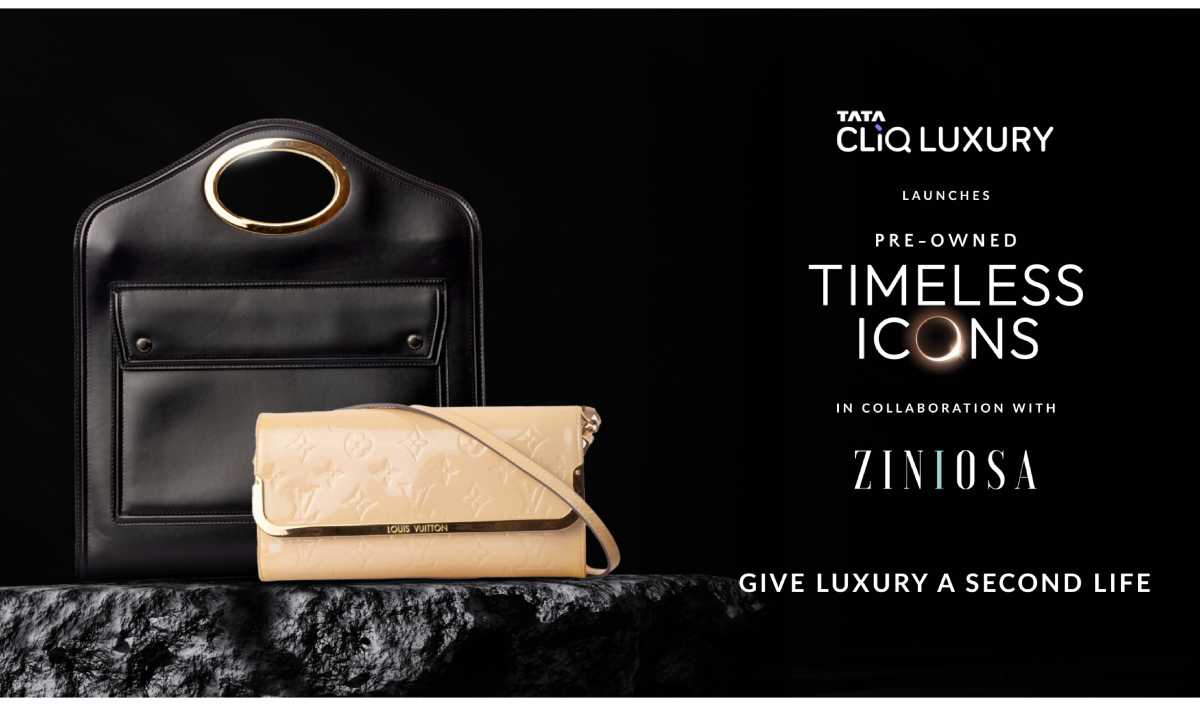
In an exclusive conversation with License India Mr. Dan Frugtniet, Managing Director, Big Picture Licensing elaborates on the latest trends and opportunities in the licensing segment.
Brand licensing comes as a natural progression for established brands, what in your opinion should be the approach of digitally native brands using DTC principle?
There is and should always be a diverse range of the routes to consumer for different brands from different consumer base platforms covering TV/Film/Digital/Experiential. How they resonate and gain traction with their audience and therefore their individual target demographics will vary. When it comes to the approach or strategy for Digital brands, they can be very trend driven, therefore more nuance is needed to plan the effective route to market. They work on different lifecycles to normal content driven brands, so for example a Digital brand can arise from nowhere to suddenly be the next ‘Hot Property’ and this acceleration factor is most effective when it comes to kids brands that can be driven by the ‘playground push’, that is peer-pressure support and demand for a brand that is suddenly the coolest brand in town for the kids. So the factor at play is how does the Licensor/brand owner respond to this sudden demand on their IP for products when they cannot realistically predict how long their brand will be a hot property. As this is where the traditional retail model does not necessarily fit a Digital brand due to the potential shorter lifecycle. For example, a traditional content driven brand like Paw Patrol can build its loyal audience and consumers over time with the broadcast, then sign up Licensees to produce product to hit retail often between 9-12 months later. So this requires a Licensee to feel confident that the brand will still have strong demand for consumer products by the time their range is listed in retail. In the case of Paw Patrol it had constant broadcast on Nickelodeon and other FTA Channels which could deliver this demand and brand awareness in order to drive product sales. When it comes to a Digital property, whilst it may very well still resonate with the target demographic 12 months after they sign their contract with the Licensor, there is not the same level of guarantee for the Licensee and Retailer. In this instance, a Digital property may want to consider a DTC model where they can work with a Production-On-Demand supplier as a vendor-partner who can build or re-skin an existing DTC retail portal and populate it with new creative products using the Digital IP. This can be operational in 1-3 months and be the only destination where consumers can they buy product on-demand which is shipped direct to their home. This model completely speeds up the route to market and also removes the traditional retail link and risks including over-stock of inventory if a brands meteoric rise of popularity suddenly falls 1 year later. I really like this model and work with a key player in this space that has a global footprint covering 65 territories with this DTC model (including India!).
What are some global licensing trends that you strongly feel about in Asia-Pacific and India?
India and APAC can have unique trends in Licensing that resonate more there than any other territory, or the brands lifecycle remains strong in these markets longer than Europe or the US. This is the beauty of Brand Licensing that it is not a science and it’s a fluid business model that reacts differently in each territory. The skill of the Licensor is to focus energies and resources in the markets where their brands resonate the most and where a brand can remain popular for a longer period of time. There are many examples of brands that do extremely well in India and APAC markets in comparison to their domestic territories or the brand will continue to deliver revenues when the Licensor is resting the brand across the rest of the world.
What has been the biggest change you’ve seen in the licensing business over the last five years? How are established licensing brands responding to it with matched innovation?
There have been so many changes in the Licensing industry over the last five years it would be too many to list here. But, there are key trends that can easily be observed across the world and the brands appeal to consumers. For example, Digital brands (apps/games), eSports (teams/games), Fast-Fashion have all increased their market share over the last five years. However, the two trends I would watch for the future are brands in the Location Based Experience (LBE) space and brands that respond to the increasing consumer demand for ‘green credentials’ including recycled materials in Apparel & Soft-lines and packaging, as well as reducing the use of single-plastics and generally reducing the amount packaging a product has. Finally brands that associate themselves with a pro-social cause or charity will also continue to make a splash as consumers become more aware of global causes around the impact humans are having on the environment and flora & fauna species all over the world.
What advice would you give to Indian brands looking to tap into the global market?
Develop a great brand that can travel! What are the universal themes for kids all over the world? How is your brand relevant to kids in the UK as well as India? Do your characters travel to countries in the content? If so then you should explore the opportunities for your brand outside of India and find a global distribution partner that will license your content to other broadcast platforms &/or manage your global VOD channels. Then you need to find the right partners on your journey from Licensing Agents to Licensees to Retailers. Its all about the right people that understand your vision and see the opportunity ahead and will be with you for the full journey and the inevitable ups & downs that you will discover together. Remember, if it was easy then everyone would be doing it! For me, trusted long-term partners are always best.
How can we effectively bridge the gap between licensee expectations and licensor expectations?
There is only one simple answer to this question and that is to deliver lots of royalties from the Licensee to the Licensor, if this happens then you will have a happy partnership as both parties ultimately will succeed or fail based on the revenues delivered, and usually if revenue targets are delivered then both parties are happy! The only other key factor I find is the communication between both parties, if this is not clear and the good, the bad & the ugly is not clearly communicated (both ways) between the Licensee and Licensor then the relationship is likely to be challenged with problems for all parties. Effective communication is the key!
Copyright © 2009 - 2024 License India.
















